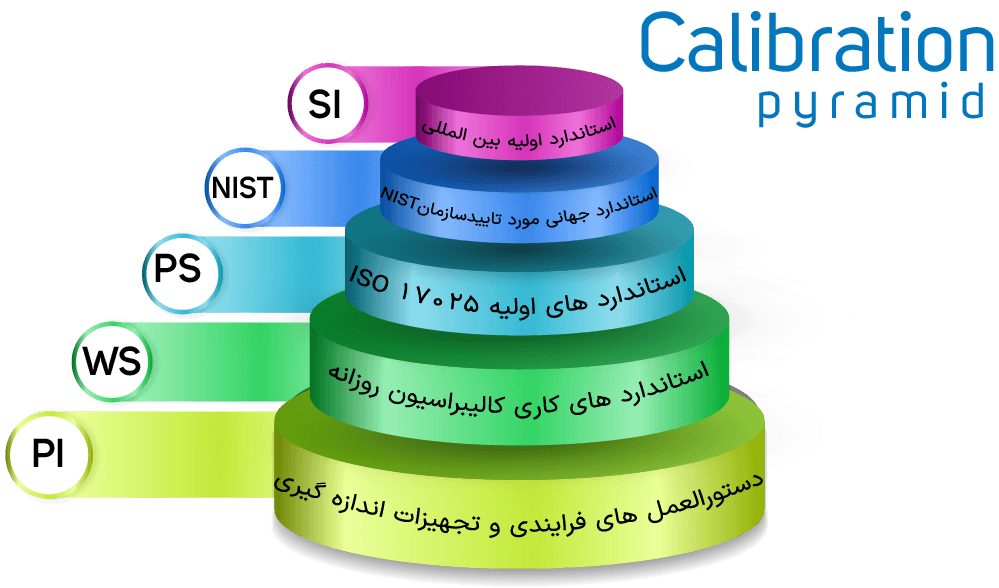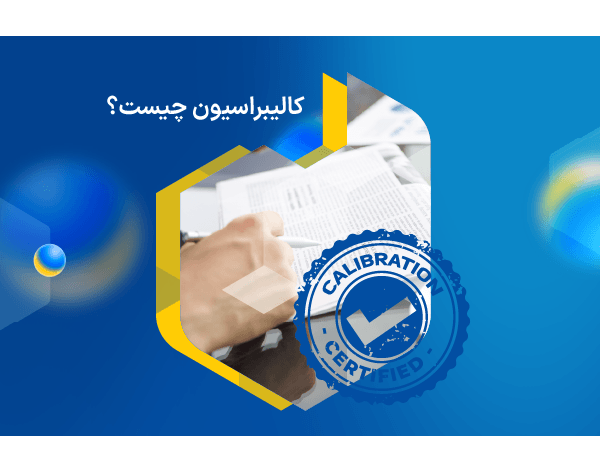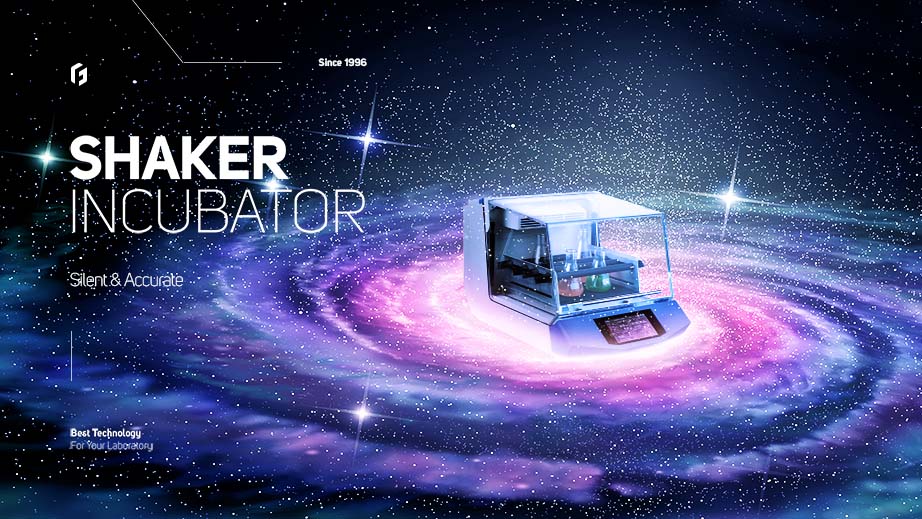What is Calibation?
In the national standard of Iran, calibration means comparing a measuring device with a standard and determining the amount of error of this device compared to it and, if necessary, adjusting the calibration in comparison with the relevant standards.
Calibration, in simple terms, means the measurement and accuracy of a measuring device following an approved reference. Since achieving superior quality and performing accurate tests is done through reliable tests and measurements, performing the calibration process in laboratory and medical equipment becomes particularly important.
Among the importance of calibration in medical and laboratory industries are calibrating devices such as incubators and stability test chambers to increase their accuracy.
Although some think that the calibration process leads to spending money and time, it should be noted that the uncertainty of the measurement causes incorrect diagnosis.
Considering that FG manufactures all its devices with the latest world standards and launches the highest quality products, all FG products can be calibrated.
Calibration is usually done with the following goals:
- To establish device traceability to reference standards
- Ensuring the correctness of the values read from the measuring device
Many factors are effective in the minimum time of measurement intervals:
- device type
- Suggestions and recommendations of the manufacturer
- Data trends obtained from previous calibration records
- Device maintenance records
- Duration of use and number of times of use
- The duration of the life of the device
- Change in environmental conditions (such as temperature, humidity, vibrations, etc.)
In general, calibration can be applied in three ways.
The first method is to get the error and record the results.
The second method includes the first method, setting, repairing, or removing the created error.
In addition to the coverage of the first and second methods, the third method compares the results with the standard and the relevant instructions, and the status of the device is also determined to accept or reject it.
The place of calibration can be at the company’s laboratory or the place of use of the device. It is better to calibrate the device at the place of use so that things such as changes in environmental conditions or damage to the device during transportation do not play a role in the accuracy of the calibration.
Labeling: The calibrated device must be distinct from the uncalibrated device so that inadvertent errors do not question the accuracy of the test. For this purpose, a label is usually installed on the calibrated device, on which the name and identification code of the device, calibration date, next calibration date, limits of use, and use of the device are inserted.
At the same time as this step, the calibration record sheet is also issued, in which things like Detailed identification information of the instrument (name, code, serial), the name of the person in charge, and the place of storage, data, acceptable error limits, calibration result in the form of values read before and after adjustment for each of the parameters to be calibrated, the serial number of the standards that used to calibrate the instrument, the environmental conditions during the calibration, the name of the person who performed the calibration, details of any restrictions on use, details of all adjustments, services, repairs, and changes that have been made.


The calibration pyramid shows the technical and executive structure of calibration hierarchically. According to this pyramid, the SI unit system is at the top of the calibration because the foundation of every measurement is the unit and its standard. This is not possible without a standard unit.
SI units:
This international system is based on the following units: Kilograms, meters, seconds, amperes, kelvins, and candelas are set and divided into 22 subgroups.
Global standards:
Measurement standards that the American NIST organization has approved.
Basic standards:
The basic standards mentioned in the ISO17025 standard
Work standards:
Daily calibrations performed by laboratory technicians.
Instructions:
Process instructions and measuring equipment used in industry and commerce.
Since in laboratory equipment, different sensors are used to measure different elements; it is obvious that the calibration of laboratory equipment has a very important effect on the quality of the results presented. Usually, in addition to the calibration when buying the device, the calibration must be done periodically (which is usually announced by the manufacturing companies).
Calibration of laboratory tools and equipment can be implemented in three ways. The first calibration method is to obtain the error and record the results. The second method includes the first method, and the results are compared with the standard and instructions, and the status of the device is determined in terms of its acceptance or rejection. The third method includes the second method, setting, repairing, or removing the created error. Calibration or temperature adjustment is sometimes made in manufacturing measuring devices and equipment companies.
The word uncertainty in the calibration certificate means doubt about the validity of the result. The uncertainty of the measurement provides us with information about the quality of the measurement. The result is only an estimate of the true value and is complete when accompanied by a report of uncertainty.
When the measurement result of a physical quantity is reported, it is necessary to provide uncertainty about the quality of the result so that the person using it can assess its reliability. This information is necessary for the measurement results to be compared.
In general, many sensors in laboratories can detect the parameters we want in the environment. Including temperature, pressure, humidity, gas sensors, etc., but for the sensors to be accurate, they must be calibrated. All the sensors produced are different from their similar samples and provide different data. Differences in sensor design mean that two similar sensors may react differently under the same conditions. The response and results of some sensors change over time and require periodic calibration.
Temperature sensors are widely used in laboratories. In general, all refrigeration and thermal devices And all chambers use temperature sensors to measure temperature. Like any other instrument, temperature sensors should be regularly calibrated for accuracy. For instruments with multiple temperature sensors, each sensor must be calibrated individually.
If no history or more than a year has passed since the last test, check the sensor’s accuracy before use.
The important thing about the calibration of laboratory equipment sensors is that these sensors must be calibrated in the working conditions and inside the chamber where they are used, and it is not possible to calibrate the sensor separately and then put it inside the device or a sensor that is calibrated on a device. It cannot be inserted into another device.
Companies with the necessary permits from the standards department can issue calibration certificates approved by the standards department. Please note that if the calibration certificate is issued by other companies that do not have a license from the standards department, this certificate will not be valid. It has no value for the legal department. Therefore, if you need the approval of the standards department to go through legal procedures, be sure to get a certificate from the laboratory equipment companies approved by the standards department.
One of the things that can be important when choosing a company is to have the ISO 17025 standard. Using a laboratory with this standard is not mandatory, but it is usually recommended to use laboratories with this standard. This means the calibration laboratory has met ISO requirements and has the technical conditions and management system requirements necessary to provide technically valid test and calibration results.







